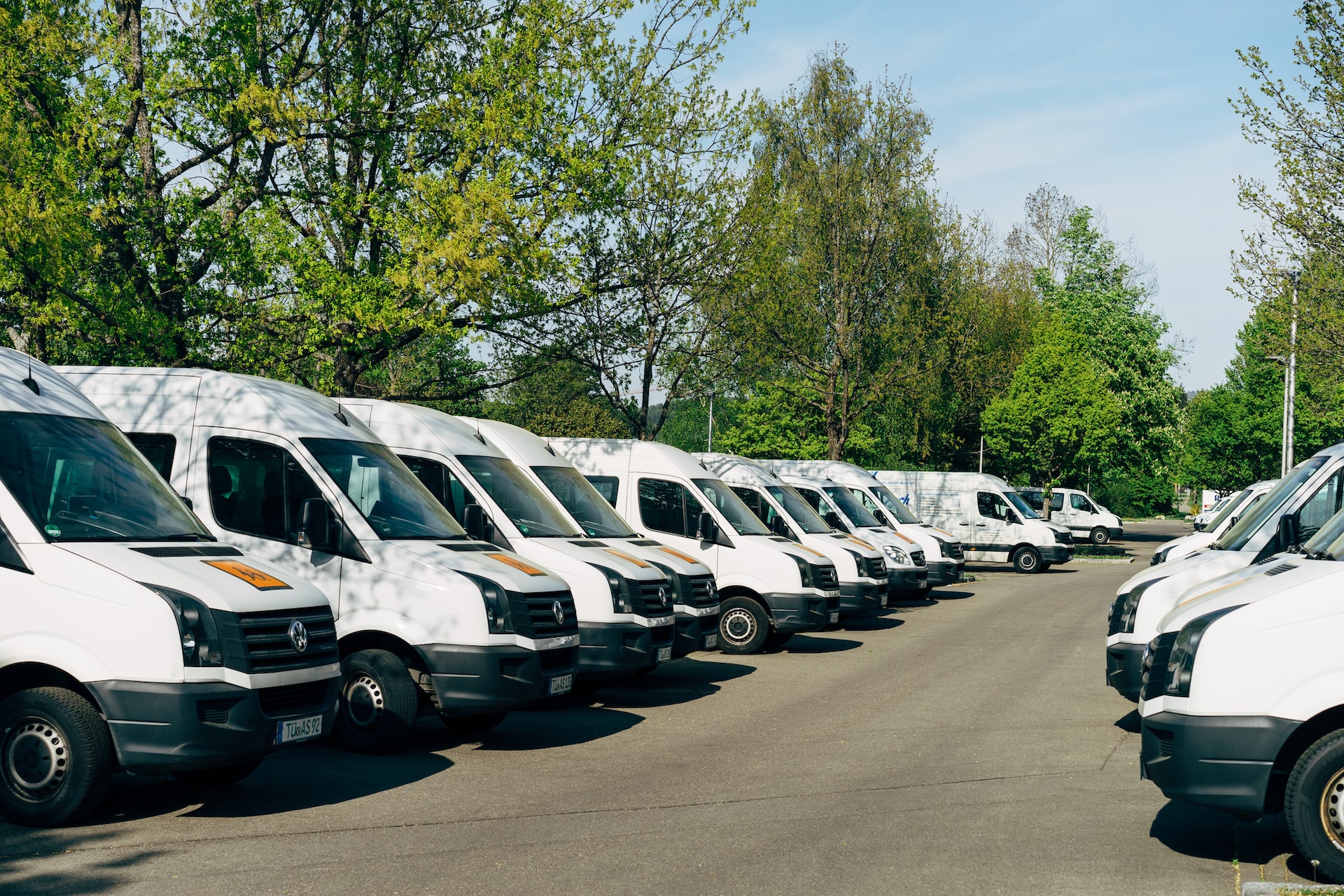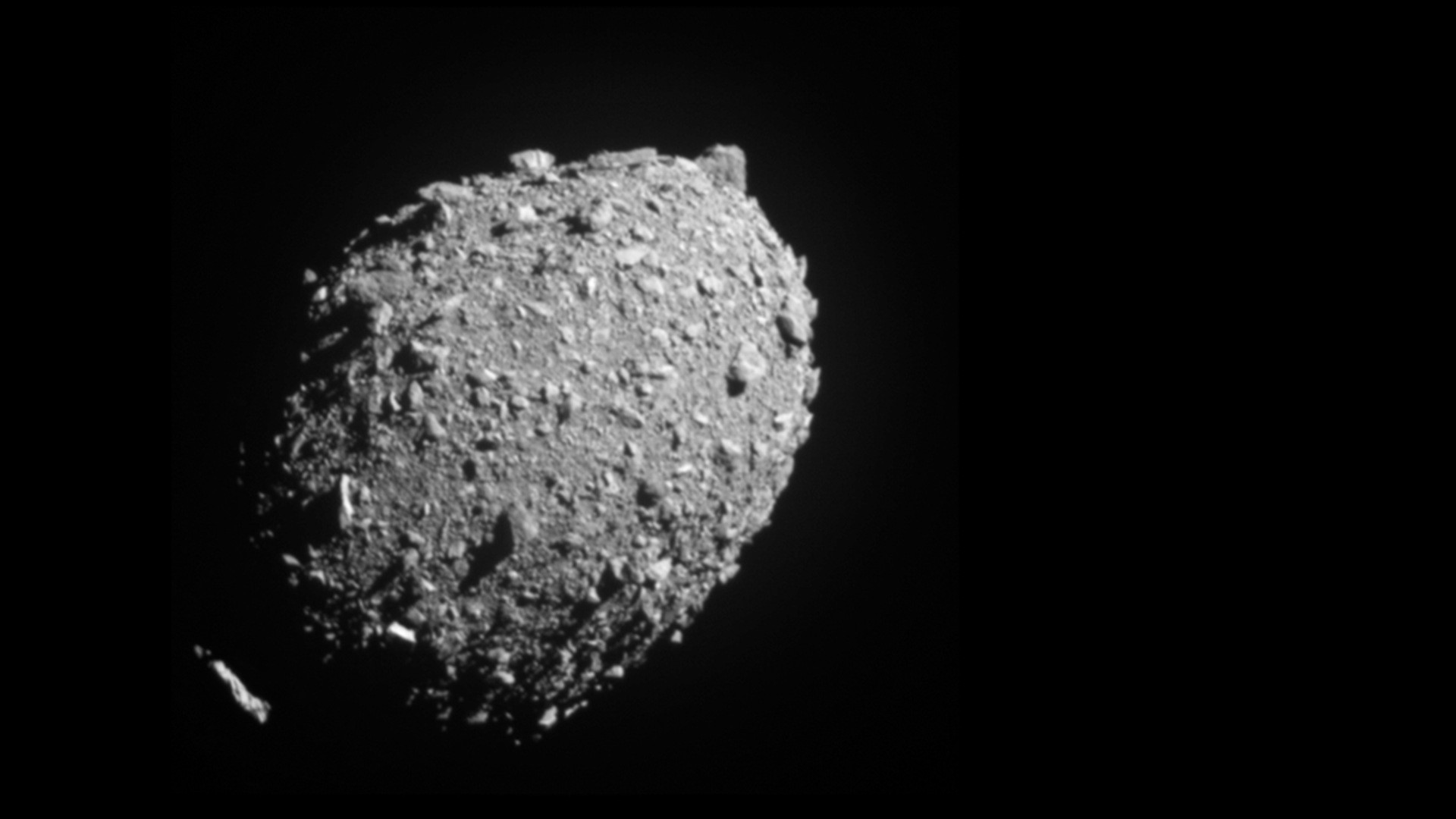The International Space Station (ISS), a major aerospace engineering accomplishment that has resulted in significant science and technology advancements, is an artificial satellite and largest object in lower Earth orbit. It is a joint project between NASA, the Russian Orbital Segment (ROS), Japan Aerospace Exploration Agency JAXA, European Space Agency ESA and Canadian Space Agency (CSA) but now involves dozens of nations.
ISS Specs:
- Module Length: 167.3 feet (51 meters)
- Truss Length: 357.5 feet (109 meters)
- Solar Array Length: 239.4 feet (73 meters)
- Mass: 924,739 pounds (419,455 kilograms)
- Habitable Volume: 13,696 cubic feet (388 cubic meters)
- Pressurized Volume: 32,333 cubic feet (916 cubic meters)
- Power Generation: 8 solar arrays = 84 kilowatts
- Lines of Computer Code: approximately 2.3 million
ISS Construction
ISS’s official construction phase started in 1998 with installation of the first component and ran to until 2011 but the ISS continues to make plans for more additions. Like a tinker toy set the ISS could go on adding modeules indefinitely; a company called Bigelow is planning on testing an inflatable habitat module soon.
The station is a microgravity and space environment research vessel. The crew conducts experiments in biology, physics, astronomy, meteorology and other fields. The ISS has been continuously occupied for over 12 years.
Here are a few of it’s achievements:
- learning how to launch a million pound, football field sized station into orbit
- coordinating construction on three continents
- advances in space plumbing
- studies on osteoporosis
- study of mutating microbes
- satellite-tuning and creating of moon walking robots
- create of robonaut, a humanoid robot who works alongside astronauts
- building a perfect crystal in space
ISS Interesting Facts
- The ISS solar array surface area could cover the U.S. Senate Chamber three times over.
- ISS is larger than a five-bedroom house.
- ISS has an internal pressurized volume of 32,333 cubic feet, or equal that of a Boeing 747.
- The solar array wingspan (240 feet) is longer than that of a Boeing 777 200/300 model, which is 212 feet.
- Fifty-two computers control the systems on the ISS.
- More than 115 space flights were conducted on five different types of launch vehicles over the course of the station’s construction.
- More than 100 telephone-booth-sized rack facilities can be in the ISS for operating the spacecraft systems and research experiments.
- The ISS is almost four times as large as the Russian space station Mir and about five times as large as the U.S. Skylab.
- The ISS weighs almost one million pounds (approximately 925,000 pounds). That’s the equivalent of more than 320 automobiles.
- The ISS measures 357 feet end-to-end. That’s equivalent to the length of a football field including the end zones (well, almost – a football field is 360 feet).
Color Coded ISS Station Components by Country
Truss assemblies provide attachment points for the solar arrays, thermal control radiators, and external payloads and contain electrical and cooling utility lines and mobile transporter rails. The integrated truss structure (ITS) is made up of 11 segments and a separate component called ZI. All components extend symmetrically from the center of the ISS.
2011 Configuration of ISS
More ISS Facts
- Eight miles of wire connects the electrical power system.
- In the International Space Station’s U.S. segment alone, 1.5 million lines of flight software code run on 44 computers communicating via 100 data networks transferring 400,000 signals (e.g. pressure or temperature measurements, valve positions, etc.).
- The ISS manages 20 times as many signals as the space shuttle.
- Main U.S. control computers have 1.5 gigabytes of total main hard drive storage in the U.S. segment compared to modern PCs, which have ~500 gigabyte hard drives.
- The entire 55-foot robot arm assembly is capable of lifting 220,000 pounds, which is the weight of a space shuttle orbiter.
- The 75 to 90 kilowatts of power for the ISS is supplied by an acre of solar panels.
- Completes 15.7 orbits per day.
The Future of ISS
Because of the harsh environment in space the ISS will eventually have to be decomissioned. The earliest date for the end of the ISS mission is 2016 but it was recently extended to 2020. Past NASA missions have gone well beyond their termination dates. At any rate, at the end of the mission, the space station will be de-orbited and after a fiery descent into Earth’s atmosphere, plunge into the ocean.
Related IndustryTap articles:
- High Tech Olympics in Outer Space. Does the Biggest Budget Win?
- Amazing First Color Panorama of Mars by Curiosity
- NASA & Burt Aerospace Developing New Launch Systems
- Pack Your Bags, Biosphere 2 Laboratory a Step to Colonizing Mars






